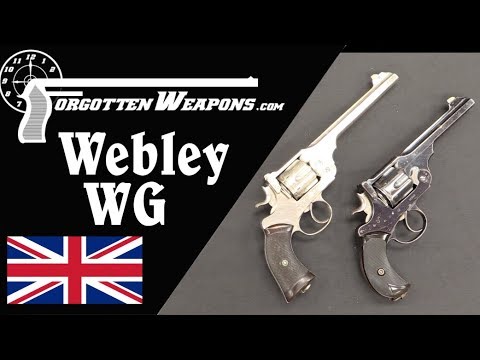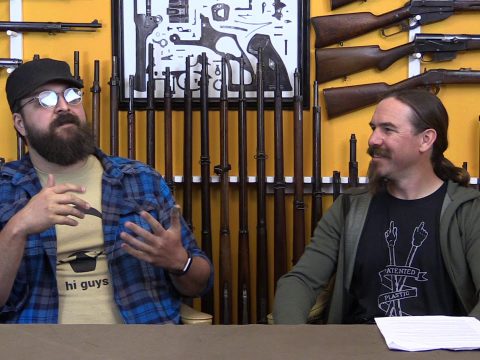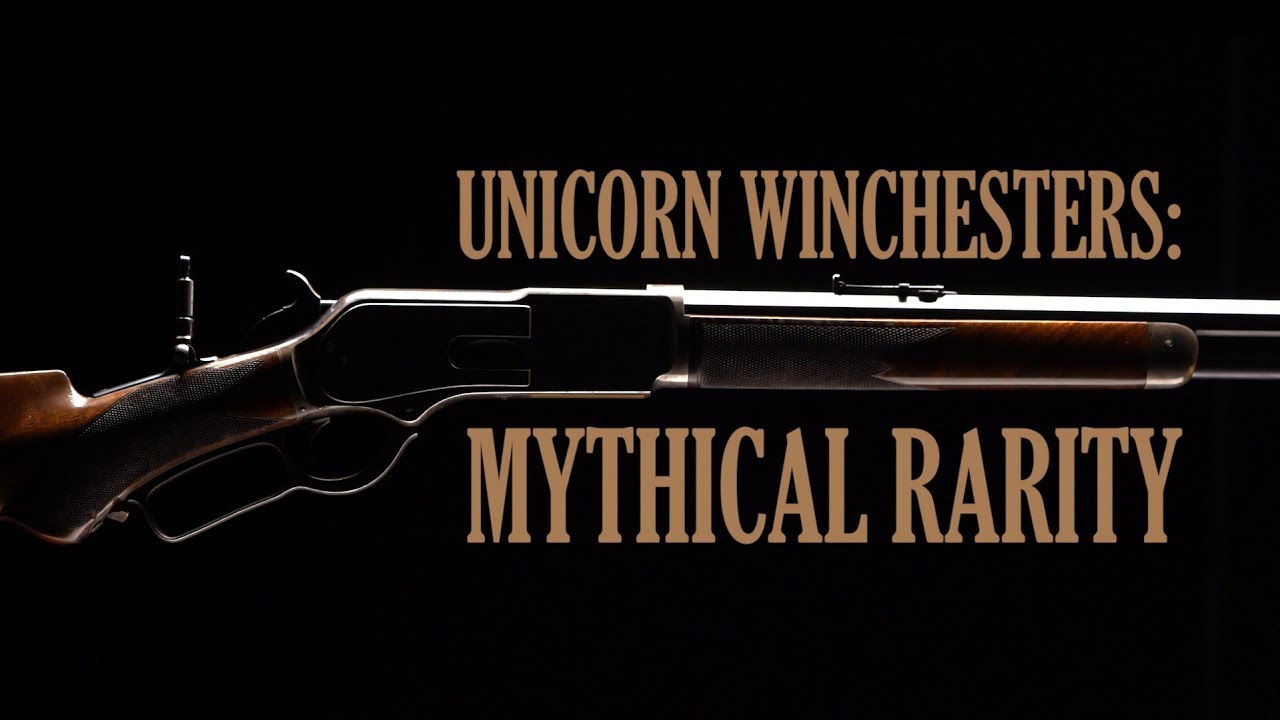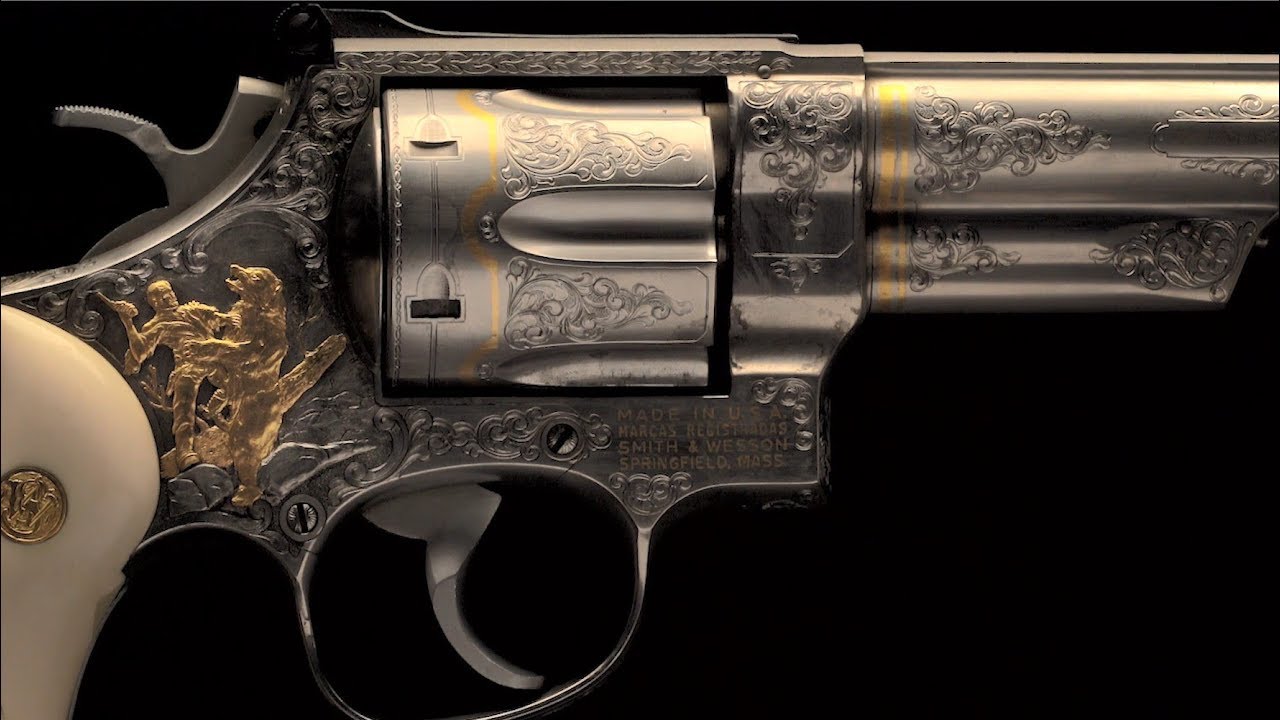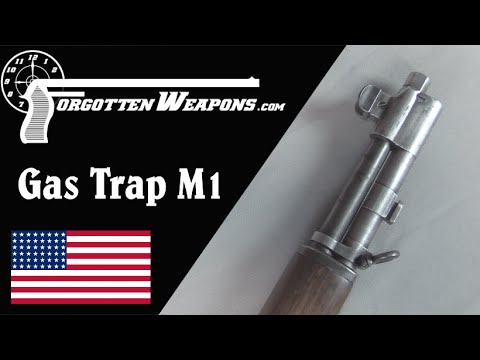http://www.patreon.com/ForgottenWeapons
Cool Forgotten Weapons merch! http://shop.bbtv.com/collections/forgotten-weapons
Harald Sunngård was Norwegian inventor in the early years of the 20th century who noticed a common perceived weakness of automatic pistols: reloads under stress were often bungled by shooters, leaving them vulnerable to return fire without being able to shoot back. Doing the classic inventor thing, Sunngård figured out a solution to the problem – a two-part solution, in fact. The first part of his solution was to use a big magazine and a small cartridge, to maximize magazine capacity. The second part of his solution was to store a spare magazine right in the magazine well of the pistol for immediate use.
The grip of the pistol is long enough front-to-back to store two identical magazines. The front magazine sits higher than the rear one, and the boltface on the slide feeds rounds from the front magazine into the chamber. Once the front magazine is empty, the shooter ejects it, and need only slide the rear magazine into the front position (and rack the slide) to continue shooting. There is a misconception that the pistol will fire automatically from both magazines in succession, but this is not true.
In addition to having the handy spare available, Sunngard designed the magazines to hold no fewer than 25 cartridges each (in the more common 6.5mm chambering). This gave the pistol a total of 50 rounds stored on-board, which was a major point in Sunngard’s marketing.
The 6.5mm cartridge designed for the pistol had a 23mm overall length, and used a 19mm case. The projectile was a scant 28.5 grains (1.85 gram), and Sunngard claimed a muzzle velocity of just under 2000 ft/s (600 m/s) – which is almost certainly an exaggeration. There was also an 8mm version of the pistol made in much smaller numbers, which fired an equally light projectile (29gr / 1.88g), and may have gotten closer to the claimed velocity (magazines for the 8mm version held 18 rounds each).
The main magazine catch is basically a heel release on the front edge of the magazine well, and it is pushed back in the typical manner to allow the primary magazine to be removed. Then the rear magazine is pulled slightly forward and down as if to remove it from the gun. The rear magazine is then slid forward into the front position and pushed back up to lock into place on the magazine catch. A pair of small guides at the top of the magazine well prevent the magazine from being pushed backwards into the now-empty space for the spare magazine, and these guides are the reason the spare mag must be pulled down and then pushed back up. When initially loading the pistol, the spare magazine is inserted first, and locked back into its compartment. Then the primary magazine is inserted just like in any other pistol.
Sunngard apparently tried hard to market the pistol to a variety of military forces, but found no takers. He was able to get the gun entered into the 1914 Norwegian military trials, where it was bested by the Colt 1911 (we don’t have a testing report from the trials, which would be very interesting to read). If I had to guess based on the general attitudes of the day, I would suspect that Ordnance officers found the reloading process awkward, the cartridge underpowered, and the need for a very high capacity pistol unconvincing.
Mechanically, the Sunngard is pretty simple. It uses a plain blowback action, as no locking system is necessary for its small cartridge. The barrel is fixed to the receiver, and a recoil spring is located around the barrel and inside the barrel shroud/slide.
If you enjoy Forgotten Weapons, check out its sister channel, InRangeTV! http://www.youtube.com/InRangeTVShow

At Forgotten Weapons I think the most interesting guns out there are the most obscure ones. I try to search out experimental and prototype weapons and show you how they work, in addition to more conventional guns that you may not have heard of before. You’re much more likely to find a video on the Cei Rigotti or Webley-Fosbery here than an AR or Glock. So, do you want to learn about something new today? Then stick around!
